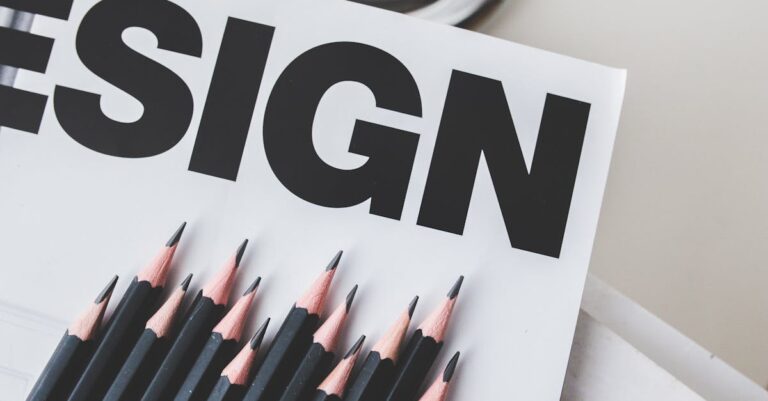Your website isn’t just a digital brochure — it’s your brand’s front door. It should feel unmistakably you from the very first click.
If you’ve already defined your brand identity — your logo, color palette, fonts, and voice — now it’s time to make sure your website reflects that identity with intention and consistency.
Let’s break down what that really means.
Start With the Essentials
Before you obsess over animations and layout tricks, ensure your foundation is aligned:
Logo Placement
Place your logo where users expect it — usually top-left. Make sure it’s high-resolution and clickable (linked to home).
Color Palette
Use your brand colors strategically. Avoid overusing accent colors. Stick to 1 primary and 1–2 secondary tones throughout your site.
Typography
Limit your font styles. One for headings, one for body text. Keep it legible and responsive. Don’t shrink too much on mobile.
Imagery & Illustration
Use photos, graphics, or illustrations that feel on brand. They should match your tone — whether clean and minimal or vibrant and bold.
Let Your Voice Guide the Copy
Great design gets you noticed. Great copy builds trust.
Write like your brand sounds — whether that’s bold and direct, calm and expert, or quirky and clever. From hero headlines to service descriptions, every word should reinforce who you are and who you serve.
Make sure your homepage answers three core questions within seconds:
- Who are you?
- What do you do (or solve)?
- Why should I trust you?
Apply Identity Across the Journey
Your website isn’t one page — it’s a customer journey.
Make sure your branding carries through from page to page:
- Buttons and CTAs should follow a consistent style and tone. Say “Let’s work together” if your brand is friendly — not “Submit form.”
- Forms should match your tone. Avoid stiff default labels like “Name” and “Message” if your brand voice is casual.
- 404 Pages are an opportunity — use brand voice even in your errors.
- Footers are part of your brand too. Be intentional with layout, links, and language.
Mobile Is Not a Bonus
Most users visit you from their phone. Make sure your mobile experience isn’t an afterthought.
- Test font sizes, image scaling, and spacing.
- Keep navigation simple and sticky if needed.
- CTA buttons must be tappable and visible.
Consistency = Trust
Your website is where your brand identity comes to life.
The more cohesive it feels — visually and verbally — the easier it is to build trust and convert visitors.
Ready to Improve Your Website?
We help small brands turn generic websites into experiences that feel real — and work. Let’s align your visuals and voice to create clarity and trust.
🧭 Back to previous: Creating a Brand Style Guide That Grows With You



